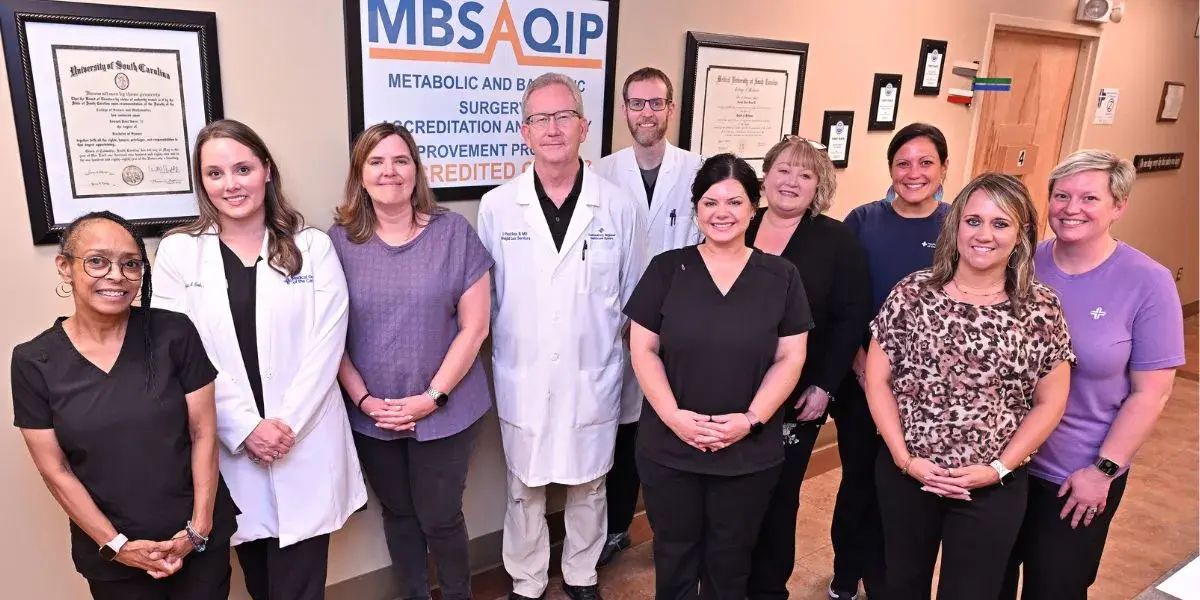
Strokes can happen to anyone, but here’s how you can play a part with prevention
Strokes can happen at any moment, but there are things we control that can lower our risks.
High blood pressure, smoking, diabetes, excessive alcohol intake, high cholesterol, lack of physical activity and obesity are contributing factors to strokes.
Crystal Moss, Cherokee Medical Center's Stroke Program Coordinator, said these health conditions should always be monitored by your primary care physician. She also points people to the importance of healthy eating and exercise as common ways to avoid becoming a statistic.
“If you have things like high blood pressure or high cholesterol, making appointments with your primary care physician can help control those types of things,” Moss said.
May was National Stroke Awareness Month. Moss recently spoke on WZZQ with radio host Dennis Fowler about the importance of knowing the signs and symptoms of strokes. Strokes are the 5th leading cause of death in the U.S., according to the Centers for Disease Control and Prevention. Several factors that contribute to strokes are out of our control: age, race, gender and family history.
Cherokee County, being in South Carolina, is a part of the nation’s “stroke belt,” which is made up of 11 states that have at least a 10 percent higher than average post-stroke mortality rate.
Cherokee Medical Center sees roughly five to seven stroke patients per week, Moss said.
“If you are having stroke symptoms, it is very important to get to a medical facility right away,” she said. “We can give you medication that can reverse your symptoms."
The most common approach to treating a stroke in the first few hours of exhibiting symptoms is administering medication that works to break up blood clots that cause a blockage or disruption in the flow of blood. Patients typically receive a CAT scan upon being admitted along with testing for low blood sugar.
Cherokee Medical Center is equipped and ready to provide care to stroke patients and frequently educates patients on stroke awareness.
Moss said she stresses the value in memorizing this acronym to be alert and conscious of spotting stroke symptoms: BE FAST.
- B – Balance: Sudden loss of balance or dizziness
- E – Eyes: Sudden blurred or loss of vision
- F – Face: One side of the face is drooping
- A – Arm Weakness: One arm is weak, numb or paralyzed
- S – Slurred Speech: Speech is slurred or there is a total loss of speech
- T – Time: Call 9-1-1 immediately with any of these symptoms












